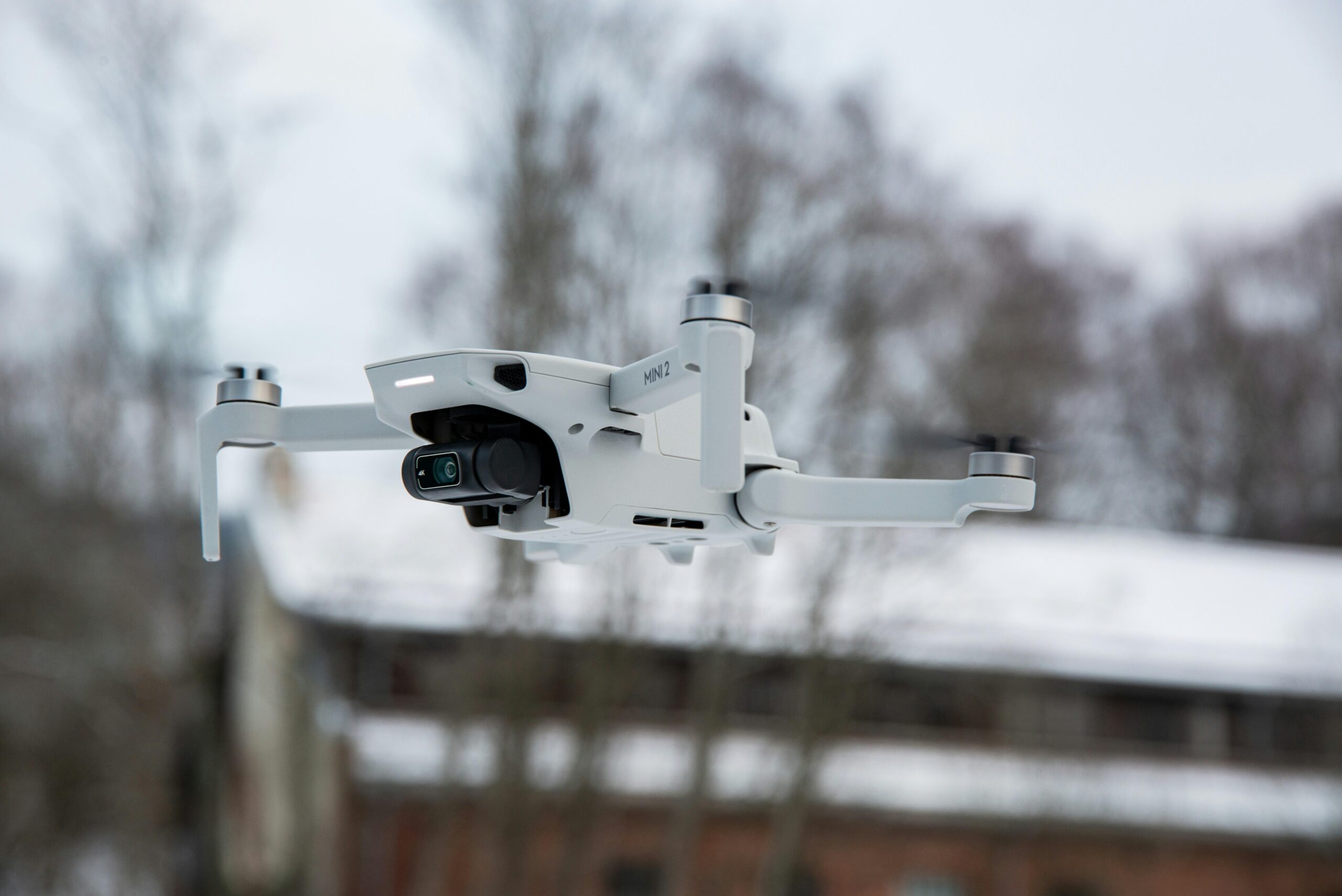Drones have swiftly moved from high-tech gadgets of the future to everyday tools shaping the way we live—and nowhere is this transformation more striking than in law enforcement. These flying cameras are not just cool tech; they’re revolutionizing surveillance, offering new angles, faster responses, and broader coverage than ever before. But how exactly are drones changing the game for police and investigators? Let’s dive into the curious world of drone-powered surveillance and explore how these buzzing machines are reshaping public safety, privacy concerns, and the very nature of crime fighting.
Table of Contents
- The Rise of Drone Technology in Modern Policing
- Unlocking New Perspectives Through Aerial Surveillance
- Balancing Privacy and Public Safety in Drone Use
- Best Practices for Ethical and Effective Drone Implementation
- In Retrospect
The Rise of Drone Technology in Modern Policing
Watching a drone navigate the skies, it’s easy to see why law enforcement agencies are quick to adopt this technology. These aerial devices offer a new vantage point, turning traditional surveillance methods on their head. Equipped with high-resolution cameras and thermal imaging, drones provide real-time data without putting officers in harm’s way. This shift not only enhances situational awareness but also allows for faster decision-making during critical moments such as hostage situations, traffic accidents, or large public gatherings.
Beyond their practical uses, drones unlock possibilities that were once purely speculative. Consider how they:
- Expand reach across difficult terrains or congested urban environments
- Reduce operational costs compared to deploying helicopters or large policing teams
- Support community engagement by providing transparent and accountable surveillance footage
As these capabilities grow, the challenge remains balancing public trust with the undeniable advantages drones bring to modern policing strategies.
Unlocking New Perspectives Through Aerial Surveillance
From above, an entire cityscape can be transformed into a tactical map, revealing patterns and movements invisible from the ground. Law enforcement agencies are embracing drones as powerful tools that provide not only an elevated vantage point but also real-time data that enhances situational awareness. These flying devices cut through and over obstacles—be it dense urban environments, rugged terrain, or large crowds—unlocking angles previously inaccessible. This technological leap means faster response times, improved search and rescue operations, and a sharper edge in crime prevention.
Key advantages of aerial surveillance include:
- Enhanced Mobility: Swift deployment in critical situations without the logistical challenges of helicopters.
- Cost Efficiency: Lower operational costs make continuous monitoring more feasible.
- Stealth and Discretion: Smaller size allows for covert observations, reducing risk and public alarm.
- Data Precision: Integrated cameras and sensors capture high-resolution footage, thermal imaging, and even biometric data.
Balancing Privacy and Public Safety in Drone Use
As drones become integral tools for modern law enforcement, a delicate dance unfolds between harnessing their capabilities and safeguarding individual rights. The technology offers unparalleled advantages: rapid aerial surveillance, real-time intelligence gathering, and enhanced crowd monitoring, all of which can significantly boost public safety efforts. However, these benefits come with complex questions about where to draw the line. How can agencies ensure they do not overstep boundaries, unintentionally eroding citizens’ right to privacy while patrolling communities?
Addressing these concerns calls for thoughtful policies that incorporate transparency and accountability. Best practices often include:
- Clear guidelines on data collection, storage, and access
- Strict usage limitations during active investigations
- Regular audits to prevent misuse or mission creep
- Community engagement to build trust and understanding
By embracing these frameworks, law enforcement can more effectively navigate the intersection of privacy and security, ensuring drones serve as tools of protection rather than surveillance overreach.
Best Practices for Ethical and Effective Drone Implementation
When incorporating drones into law enforcement, agencies must establish clear guidelines that respect privacy and civil liberties. Transparency is key: informing the public about where, when, and how drones will be used fosters trust and reduces concerns about unwarranted surveillance. Additionally, ensuring that drone operations comply with existing legal frameworks and international standards prevents misuse and potential abuses of power. Training officers not only in drone piloting but also in ethical considerations ensures responsible handling of sensitive data collected during operations.
To maximize the technology’s effectiveness while maintaining public confidence, it is crucial to implement robust oversight mechanisms. This includes creating independent review boards and adopting strict data management policies to prevent unauthorized sharing or retention of footage. Agencies might also consider community engagement initiatives, inviting feedback to better align drone usage with societal expectations. By balancing innovation with accountability, law enforcement can harness drones as valuable tools without compromising the rights and safety of the communities they serve.
- Develop comprehensive privacy policies tailored to drone surveillance.
- Train personnel on both technical operation and ethical use.
- Engage the community through forums and transparent reporting.
- Implement strict data governance to safeguard collected information.
- Establish oversight bodies for independent monitoring.
In Retrospect
As drones continue to evolve, their impact on law enforcement surveillance is only beginning to unfold. From enhancing situational awareness to enabling faster response times, these aerial innovations are reshaping the way public safety is managed. Yet, with great technology comes important questions about privacy and ethics that we’re only starting to explore. It’s fascinating to think about where this balance between cutting-edge surveillance and civil liberties will land in the coming years. One thing’s for sure: drones are here to stay, and their role in law enforcement will keep sparking conversation—and curiosity—long into the future.












